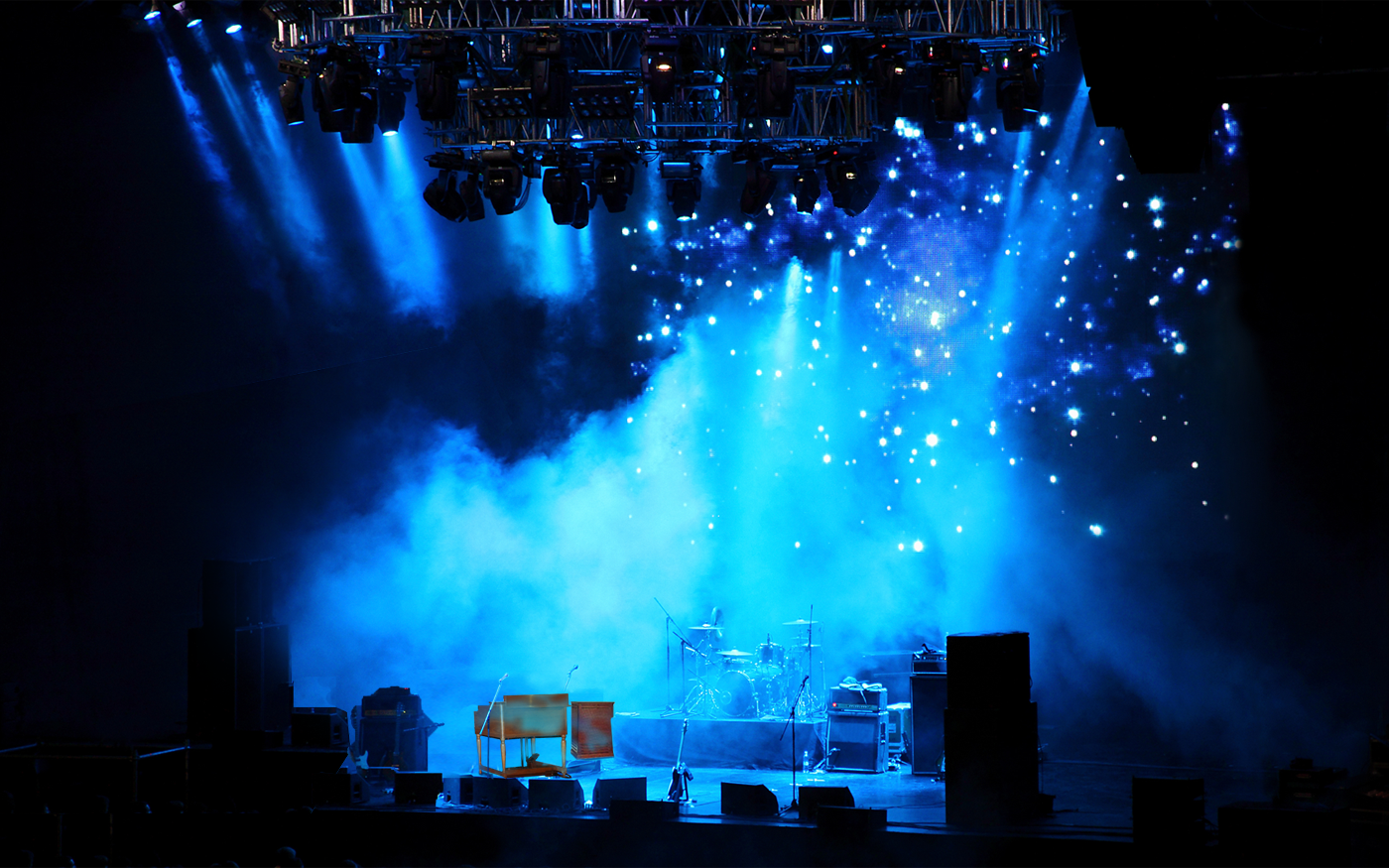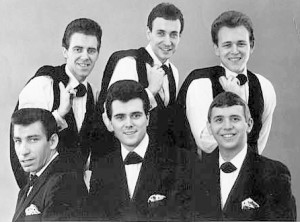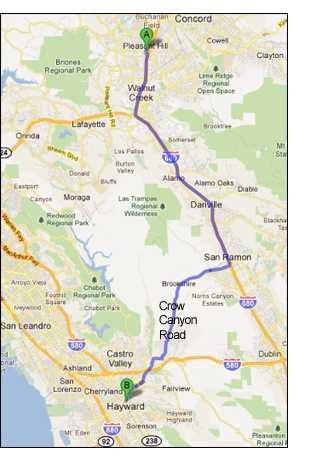[Note] This is mainly of interest to the guys who were in Stark Naked and the Car Thieves in 1968 through 1970, when Larry spent a lot of time following the band. He was certainly an interesting character in those years when the Lamb family was at the peak of its power in Las Vegas and Nevada. It’s sad to fine that another one of the colorful characters that illustrated our Las Vegas band days is gone.
Mar. 31, 2006
Copyright © Las Vegas Review-Journal
 Larry Lamb, who was 66, died at home in Las Vegas, two weeks after falling off a ladder in his garage, said Jan Smith, Larry Lamb’s longtime companion. The exact cause of his death was not known.
Larry Lamb, who was 66, died at home in Las Vegas, two weeks after falling off a ladder in his garage, said Jan Smith, Larry Lamb’s longtime companion. The exact cause of his death was not known.
Larry Lamb was the youngest of 11 brothers in one of Nevada’s oldest families. The grandfather was one of five original settlers of the Pahranagat Valley, said his son, David Thompson.
Larry Lamb was the brother of Sheriff Ralph Lamb and two other brothers who were also in politics: the late Floyd Lamb, a former state senator, and Darwin Lamb, a former Clark County commissioner. Ralph Lamb was the first sheriff of the consolidated Las Vegas Metropolitan Police Department, from 1961 to 1978. The Lambs’ fame was mixed with notoriety. Floyd Lamb, a state senator who represented Las Vegas for 30 years, was convicted of accepting bribes in the FBI’s 1983 “Operation Yobo,” which netted another senator and two commissioners.
Larry Lamb was no stranger to trouble. In 1980, he shot and killed a man at a Christmas tree lot. Charges were dismissed, leading to criticism that Lamb was getting a pass because of his family’s connections.
The murder charge was reinstated, but Larry Lamb was acquitted by a jury. He said he acted in self-defense, claiming the dead man, Lee “Crowbar” McCambridge, was threatening him with a hand saw.
“Where the hell was I going to go?” Larry Lamb testified in the case. “I didn’t want to get hit with no saw.”
The large family of Church of Jesus Christ of Latter-day Saints members was close, said Thompson, a Las Vegas police officer. “It didn’t matter if you were running for president or getting out of jail; they’d stand behind you.”
Smith said Larry Lamb could be rowdy, but it was a character trait that was a piece of a self-styled cowboy of the old school.
“Easy? No. Fun? Yes. Loyal? Yes,” is how Smith summed up the man she’d known for nearly 50 years.
“He was colorful. He was never dull. He was a risk taker,” she said. “He was the old America that hadn’t gone all corporate.”
A prankster, Larry Lamb once filled the fountains in front of Caesars Palace with soap bubbles.
He was a bar owner and restaurateur who hosted his brothers’ political victory parties at his Las Vegas bar, the Cockatoo.
“He backed all his brothers, whether it was taking signs out, handing out literature or answering phones,” Smith said, saying he proudly pasted three stickers on a new car: “Ralph Lamb for Sheriff,” “Floyd Lamb for Senate” and “Darwin Lamb for County Commission.”
Larry Lamb is survived by Smith; sons Darwin and David Thompson; brothers Ralph and Darwin Lamb; sisters Wanda Lamb Peccole and Erma McIntosh; and three grandchildren.










